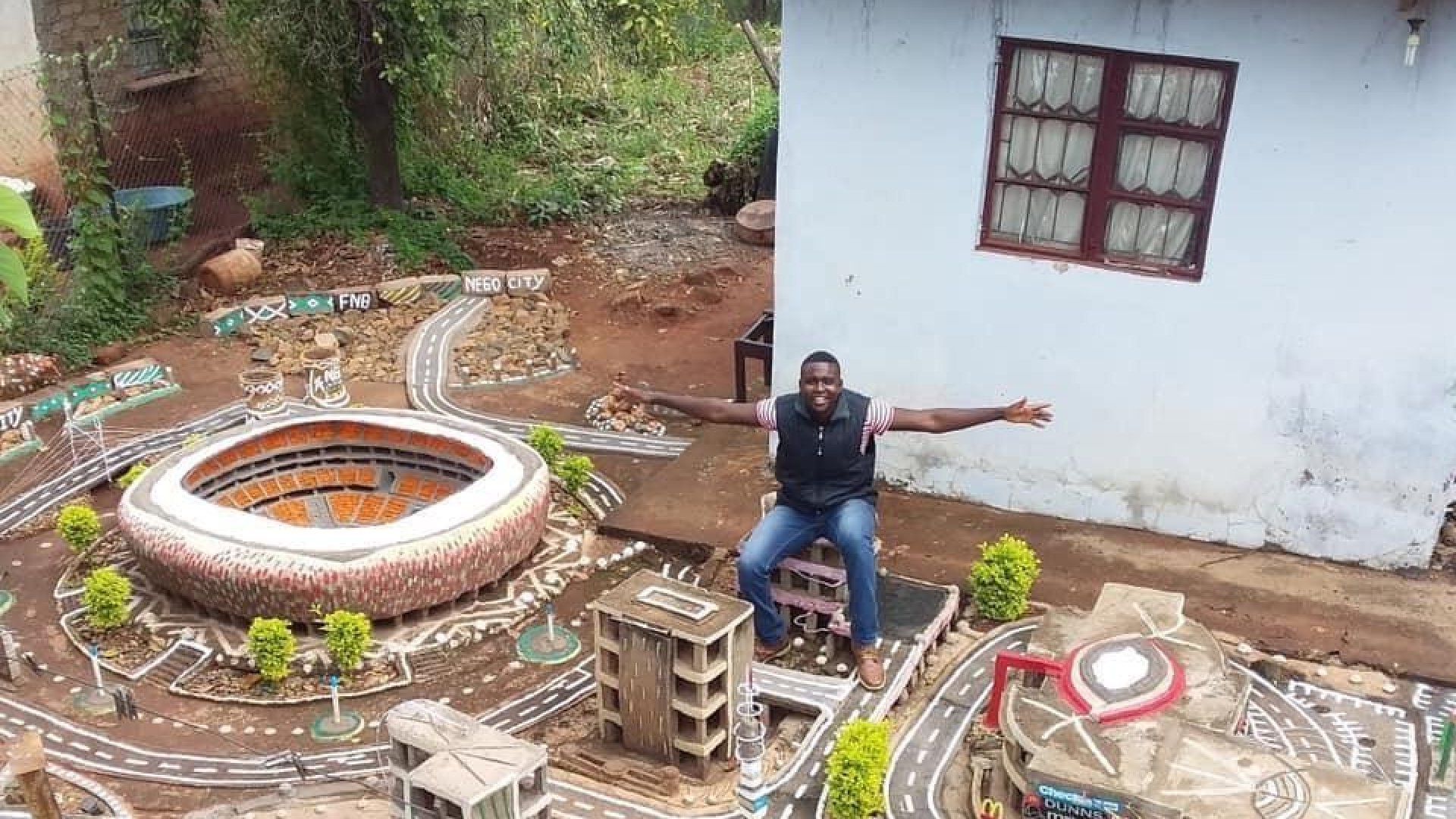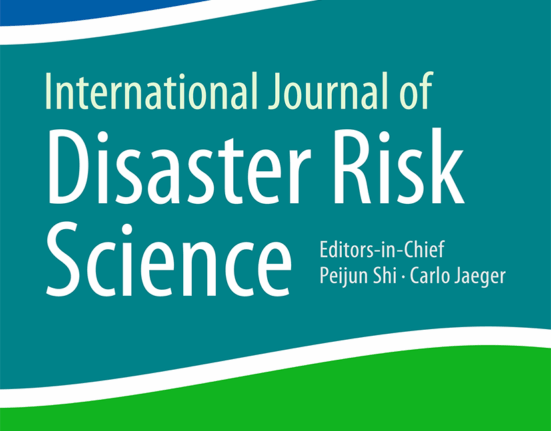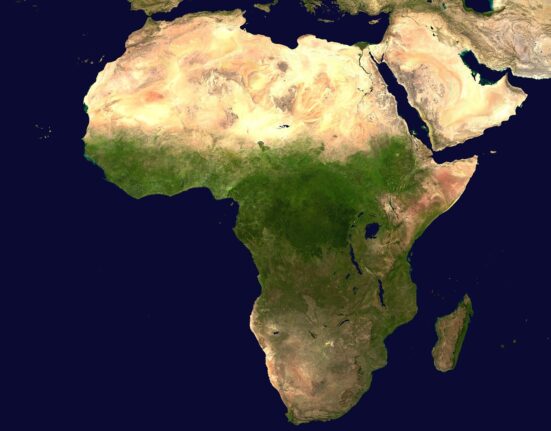Between 1964 and 1994, South Africa was a hive of construction activity. The government took charge, overseeing the establishment of 14 new dams with a combined water storage capacity exceeding an impressive 200 million cubic meters. These structures stood as symbols of progress, promising to secure the country’s water future for generations to come.
Fast forward to the era post-1994, and the landscape tells a starkly different tale. The once-bustling construction sites fell silent, with only two new dams added over the next three decades. This drastic decline in dam building marked a troubling trend that continues to haunt South Africa’s water management efforts today.
The repercussions of this shift are felt nationwide, manifesting in various forms across different regions. Johannesburg stands at the forefront of this crisis, grappling with a perfect storm brewing from decrepit infrastructure, inadequate maintenance investments, and staggering water losses. Smaller towns like Lichtenburg and Coligny experience frequent water outages stretching for days on end – a grim reminder of systemic failures plaguing the nation.
Experts have long sounded alarms over South Africa’s dwindling dam capacity struggling to keep pace with its burgeoning population growth. As millions were added to the populace rolls year after year, only a fraction of that increase found its reflection in expanded water reservoirs. Reports paint a worrisome picture – while dam capacity surged by 22 million megalitres between 1964 and 1993, it stagnated at a mere 1.7 million megalitres from 1994 to present-day.
Former Water and Sanitation Minister Senzo Mchunu echoed these concerns when he urgently called for collaborative efforts to revamp existing infrastructure and erect new dams capable of meeting escalating water demands back in 2023. However, translating plans into tangible actions remains an enduring challenge for South Africa’s authorities.
Enter Water and Sanitation Minister Pemmy Majodina unveiled ambitious schemes aimed at alleviating water scarcity through multiple dam projects scattered across the nation in December 2024 – underscoring an ongoing struggle against time and bureaucratic hurdles impeding progress.
The data on South Africa’s dam landscape paints a sobering reality: large-scale investments in critical infrastructure have significantly waned post-1994. Out of the current tally of 282 large dams spread throughout the country – defined by capacities exceeding three million cubic meters – only a paltry count totaling just under thirty were commissioned after this pivotal year.
Within this narrative lies an alarming trend concerning mega dams – those behemoths capable of holding more than 200 million cubic meters or roughly equivalent to filling up eighty thousand Olympic pools! Of South Africa’s modest collection numbering twenty such mega structures built thus far, fourteen emerged before ’94 while subsequent years saw merely two additions – hinting at missed opportunities amid growing challenges.
A retrospective glance further underscores this disparity: between ’64 and ’94; South Africa witnessed an exponential surge adding thirty billion cubic meters effectively enhancing its water supply capabilities whilst faltering considerably thereafter managing meager increments totaling just shy under two billion cubic meters until now.
As whispers grow louder about imminent crises looming ahead fueled by age-old infrastructural woes coupled with explosive demand surges straining resources thin – one can’t help but wonder if these murmurs will spur action or vanish into oblivion amidst bureaucratic quagmires yet again.









Leave feedback about this